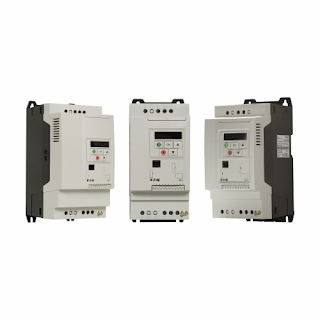There Are So Many Options When It Comes to Dimmer Switches
While having regale at a friend's home the other night commodity hit me. The evening was great; good food, fabulous hosts, and an overall perfect time. But what eventually struck me was the ambient lighting in the dining room. Sure, I had seen bedimmed lighting before, but at this moment I came to appreciate what a subtle change in lighting can do for the mood of an evening. So what if you too would like to install a dimmer switch in your home? This composition will help you select what style and features to look for in a dimmer. Our former composition addresses dimmer installation, and the coming investiture totalities it all up with easy installation for the right operation.
We'll cover the choices available then for incandescent or halogen bulbs (most common). You need a technical dimmer switch for suckers, compact fluorescent bulbs, or tube-style fluorescent bulbs and in an unborn composition, we can explain those choices. But no way to use a regular dimmer switch for these operations.
The first step is opting for the style and type of dimmer switch that fits your home. Color choices are analogous with white, ivory, or brown being the most common colors. Generally, you want to also match the style of switches you formerly have. Some homes have the traditional small toggle switch that sticks out. Others have the further ultramodern Decora style switches that are large blocks nearly flush with the switch plate that toggle back and forth from cutlet pressure at either end. These styles are exchangeably given you get the right switch plate cover, so it's a matter of particular taste and generally choosing to match the rest of the home.
In the traditional style, dimmers come in round buttons that you twist to shroud the lights and push to toggle the lights on and out. Another style has a regular on-off switch but at the side is a small little slide that can be moved to set the light position. Both of these types are nice in that you can set the lights at a position you like typically and also just flip the lights on and out and not have to acclimate the darkening each time. One other style is available in this type of traditional switch that looks exactly like a regular switch except it does not snap on and off. When you go to move the switch to turn the lights on, rather than clicking on and off it moves easily between the two going from full-on to full off and anything in between. My preference with these however is the combination switch and sliders as being most accessible to use.
The Decora style switches have indeed more options. The simplest have a perpendicular slider that goes up and down analogous to the nonstop range from the on to out type described over. Next is my provident fave which looks like a regular switch but has the added slider on the side. With the help of some fresh electronics inside the box, the choices can get indeed fancier. One just uses the touch of your cutlet and continuously dims or brightens until you remove your cutlet. Others you push and hold down either end of the switch and a series of index lights on the side will show the power position. Another option that can be handy is a backlight on the switch so it glows orange when the switch is out. This becomes useful when using a dimmer switch to control a night light in the restroom. You can control how bright the light is and if someone forgot to turn it on before going to bed you can at least find the switch!
Make sure you know how large an electrical cargo the switch will be connected to and also look at the standing on the dimmer switch you're considering. You might need to get a high-watt-rated switch. For illustration, if a switch is rated for 350 Watts, you can have a chandelier that has 5 60 Watt light bulbs (5x60 = 300) but 5 75 Watt light bulbs would bear an advanced rated switch.

Comments
Post a Comment